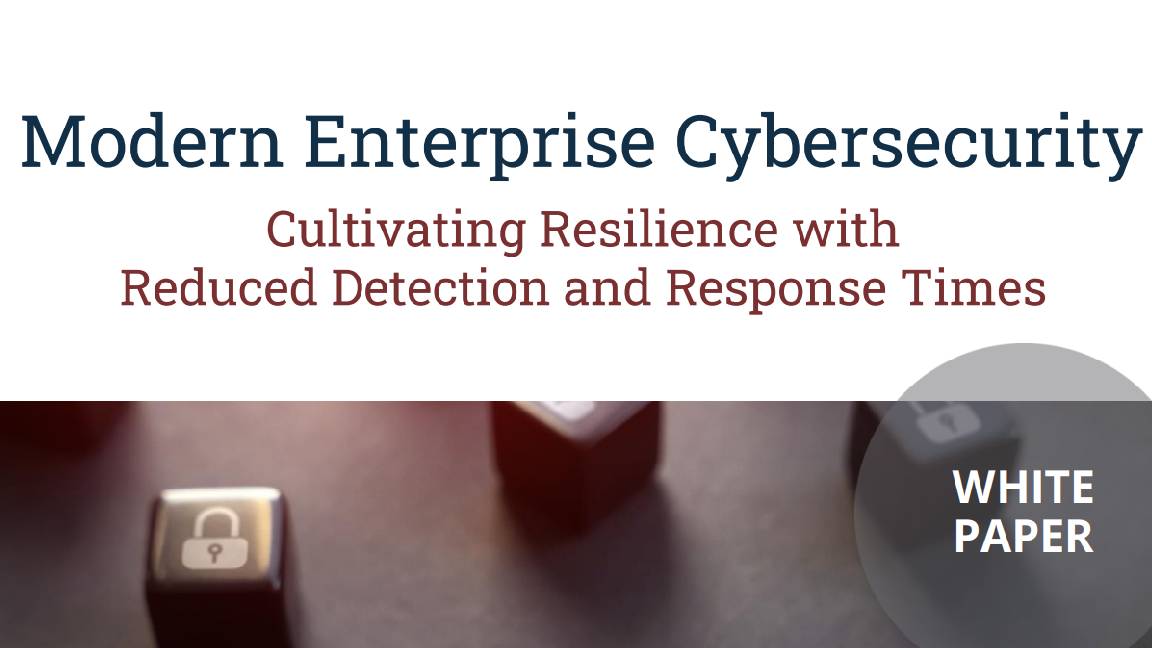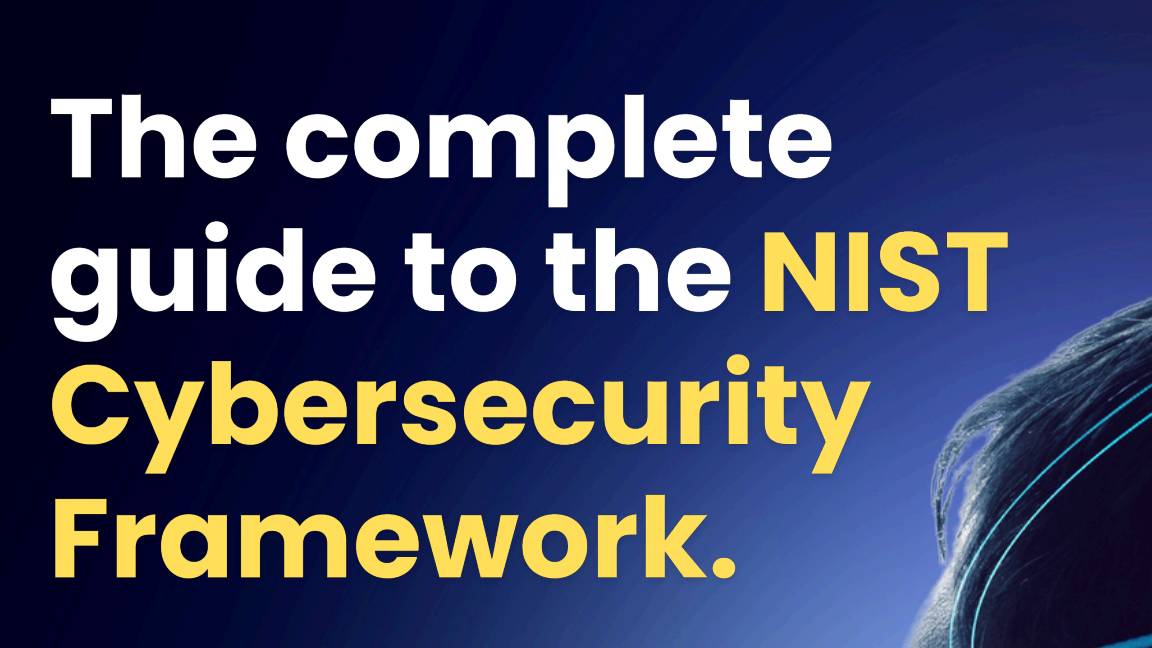Three key pillars of threat visibility
For a company to see what threats they’re up against, they need visibility into all the data available


When keeping up with the newest security threats, being able to detect an attack while it's still in progress, as well as understand the full scope of the attack is pivotal. According to a study conducted by Forrester, one of the primary factors keeping organisations from assessing and managing attacks successfully was a lack of visibility into their network security.
For companies to overcome this, they need visibility into all available data from logs and packets, to endpoints and threat intelligence, as well as a complete contextual overview across all those sources.
Here are three key pillars which will help make threats visiblea valuable first step toward tackling potential attacks.
Data analytics
Data analytics provides the opportunity to detect threats and prioritise responses. Once threats become visible, analytics can make it easier for a security decision maker to choose a direction to defend from.
This includes behavioural analytics, which detect when user behaviour signifies a potential threat, data science modelling to identify threats, and machine learning to create baselines for which network and endpoint activities are considered normal, and which ones aren't.
Threat intelligence
Threat intelligence from analysts and experts, as well as crowdsourced intelligence from user communities, adds layers of context which can be used to identify threats and plan responses. Specifically, threat intelligence is data about what threats an organisation currently faces, have previously faced, or might face in the future. Knowing this information allows companies to keep up to date on potential risks and create targeted responses to keep their data safe.
This intelligence can be applied across logs, packets and endpoints to look at threat data in context and prioritise responses accordingly.
Get the ITPro daily newsletter
Sign up today and you will receive a free copy of our Future Focus 2025 report - the leading guidance on AI, cybersecurity and other IT challenges as per 700+ senior executives
Business drivers
When your organisation is overwhelmed by threat data, it can be difficult for the security team to know which threat to fight off first. But if they know the business context the threat data appears in, they can act quickly and decisively against whatever poses the greater risk to the business.
Business context is the information that lets your team know, for example, whether a server at imminent risk for attack holds all source code for the organisation, or nothing more significant than the daily lunch menu.
Esther is a freelance media analyst, podcaster, and one-third of Media Voices. She has previously worked as a content marketing lead for Dennis Publishing and the Media Briefing. She writes frequently on topics such as subscriptions and tech developments for industry sites such as Digital Content Next and What’s New in Publishing. She is co-founder of the Publisher Podcast Awards and Publisher Podcast Summit; the first conference and awards dedicated to celebrating and elevating publisher podcasts.
-
 Should AI PCs be part of your next hardware refresh?
Should AI PCs be part of your next hardware refresh?AI PCs are fast becoming a business staple and a surefire way to future-proof your business
By Bobby Hellard Published
-
 Westcon-Comstor and Vectra AI launch brace of new channel initiatives
Westcon-Comstor and Vectra AI launch brace of new channel initiativesNews Westcon-Comstor and Vectra AI have announced the launch of two new channel growth initiatives focused on the managed security service provider (MSSP) space and AWS Marketplace.
By Daniel Todd Published
-
 "Thinly spread": Questions raised over UK government’s latest cyber funding scheme
"Thinly spread": Questions raised over UK government’s latest cyber funding schemeThe funding will go towards bolstering cyber skills, though some industry experts have questioned the size of the price tag
By George Fitzmaurice Published
-
 Modern enterprise cybersecurity
Modern enterprise cybersecuritywhitepaper Cultivating resilience with reduced detection and response times
By ITPro Published
-
 IDC InfoBrief: How CIOs can achieve the promised benefits of sustainability
IDC InfoBrief: How CIOs can achieve the promised benefits of sustainabilitywhitepaper CIOs are facing two conflicting strategic imperatives
By ITPro Published
-
 The complete guide to the NIST cybersecurity framework
The complete guide to the NIST cybersecurity frameworkWhitepaper Find out how the NIST Cybersecurity framework is evolving
By ITPro Published
-
 Are you prepared for the next attack? The state of application security in 2024
Are you prepared for the next attack? The state of application security in 2024Webinar Aligning to NIS2 cybersecurity risk-management obligations in the EU
By ITPro Published
-
 The economics of penetration testing for web application security
The economics of penetration testing for web application securitywhitepaper Get the most value from your security solution
By ITPro Published
-
 How to extend zero trust to your cloud workloads
How to extend zero trust to your cloud workloadsWhitepaper Implement zero trust-based security across your entire ecosystem
By ITPro Published
-
 Four requirements for a zero trust branch
Four requirements for a zero trust branchWhitepaper Effectively navigate the complex and ever-changing demands of security and network connectivity
By ITPro Published